Good morrow, happy feet family! Today, we have a little fashion history to share. As you know, our moccasins are form-fitting to any foot, made with high-quality leather and soles, and stylishly modern. In comparison, cast your gaze towards the poulaine, also known as the crakow. You’ve probably seen pointy witch shoes, but these take things to a new level of long and pointy.
Wealthy men and some women wore these shoes from the 14th to the 15th century to display affluence and status. Like today, where you can find a heel as short as 2 inches or taller than 12 inches, the men’s versions could extend to extravagantly impractical proportions.
According to medieval culture and language researcher Mark Chambers of Durham University (X @drmarkchambers), the poulaine spread in popularity following the marriage of Richard II and Anne of Bohemia in 1382, and even though the shoe became very popular with men, it was Anne who sported them at the wedding! Twelve years passed, and in a 1392 entry in his work “History of the Life and Reign of Richard II,” an unnamed monk of the Evesham Abbey recorded [translated from Latin], “With this Queen there came from Bohemia into England those accursed vices, namely shoes with a long beak—the English cracows or pikes—taking up [1 1/2 feet] in length so that it is necessary to tie them to the shin with silver chains before they can be used to walk forward”.
Another unnamed monk, this time from the Malmesbury Abbey, also shared a criticism in his 1362 work ‘Eulogium Historiarum.’ This pointed shoe style had reached England well before Anne’s birth: “Moreover they have beaked shoes a finger in length that they call cracows. They are better called demons’ claws than decorations for men.” Chambers comments it was more likely that instead of Anne being the one to popularize the poulaine, it was her fashionable entourage wearing them that spread interest, or the Evesham monk was writing fiction when he claimed Anne wore it! So, did she really wear it at her wedding? The truth on this one is likely lost to history.

But were they comfortable? According to recent research, not at all! They were difficult to walk in and impossible to perform or work in. In 2021, archeologist Jenna M. Dittmar (X @jenna_dittmar) of Cambridge University and her associates (Mitchell, Cessford, Inskip, and Robb) studied 177 corpses from four cemeteries around Cambridge, England, and found that those who lived in more fashionable neighborhoods during the height of the poulaine era were far more likely to have bunions, misshapen feet, and FOOSH (fall on outstretched hand) bone fractures associated with injury from falling.
While the poulaine symbolized luxury, it also served as a cautionary tale against sacrificing comfort for fashion’s sake. Luckily, at Medieval Moccasins (@MedMocs), we prioritize both equally, and our moccasins strike a lovely balance between style and practicality.
Now a days, many companies throw around terms like handcrafted, handmade, or home made. When we say it, we mean we do every stage of our production from scratch and in house, right here at the edge of the Texas Hill Country. We trace our patterns on the hide by hand, we cut the leather with scissors, and we punch each hole with a mallet, one at a time. We even cut our laces using a hand-held, spiral-cutting tool.
Our historical shoes are an original design based on styles found throughout Europe, from the Bronze Age, through Greek and Roman times, and up to present day.
This uniquely adjustable design accommodates for foot width, instep depth or even hammertoes and bunions. Our shoes have a sock like feel that supports your feet without hindering movement. From dancers to runners to rock climbers, active customers love the freedom of that fluid support. If you need, you can upgrade to our Hightop styles and then add the support of your own orthotic inserts.
Each shoe is made from one piece of supple leather that wraps around the foot, creating a barefoot feeling shoe that conforms to your shape, rather than forcing your foot into a pre-formed shoe.
Contact us to get started on the perfect custom footwear for you!


